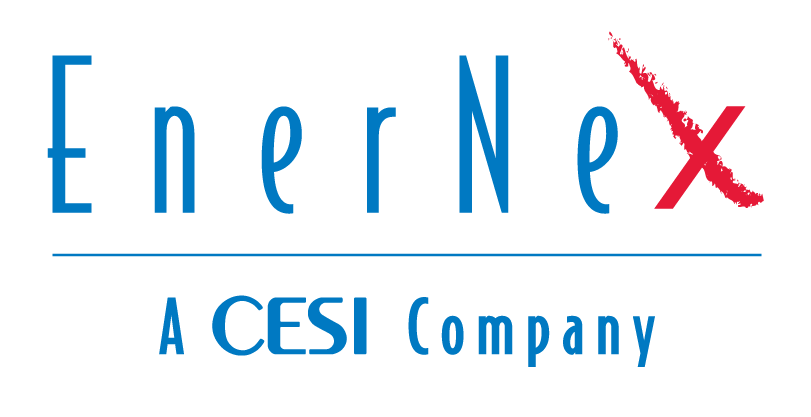By Kay Stefferud, Director of Implementation Services, EnerNex
Dec. 21 is the first day of winter, a season that inevitably means two things for many utilities: ice and snow storms that knock out power, followed by customers wondering aloud why most lines aren’t buried. That means now is the time to start brushing up on undergrounding’s pros and cons to prepare for media inquiries and to create customer FAQs.
The biggest drawback to undergrounding the distribution system is the expense: 10 to 20 times more than going overhead, according to a Congressional Research Service report. That’s why no government or industry study has ever concluded that an overhead distribution system can be completely converted to underground facilities at a cost that customers are willing to pay. In fact, the rate increase could be high enough to undermine a community’s ability to attract and retain businesses and homeowners. That means a smaller base of ratepayers would have to shoulder the cost, further increasing the burden on each one.
What would ratepayers get for the extra money? Outage frequency will decline, but that benefit typically is offset by longer restoration times due to the extra effort required to access and repair underground facilities. Environmental conditions can further increase restoration times. For example, in the winter, frozen ground can create delays, while the rest of the year, heavy rain may flood underground facilities, delaying restoration and often causing the outages in the first place.
Additional environmental challenges vary by region. For instance, if the local soil has a high concentration of clay, the underground facilities can experience a significant amount of movement as the ground expands and contracts due to drought and heavy rains. In other places, high water tables and saltwater incursion can be problematic.
These are among the reasons why it’s more effective—including in terms of cost—to apply undergrounding selectively rather than systemwide. When analyzing whether and where to underground, start by focusing on:
- The worst performing circuits or section(s) of a circuit.
- The number of customers served by each circuit that would be undergrounded.
- How difficult it would be to access those ungrounded facilities.
This analysis often identifies candidates such as single-phase tap lines that serve remote areas and circuits installed along the back of property lines in residential neighborhoods. Undergrounding these two areas also allows restoration crews to concentrate on the main-line three-phase feeder along roadways and thus bring large blocks of customers online more quickly.
Next steps in identifying circuits suitable for undergrounding includes inputs from cities, government agencies, and customers seeking undergrounding of lines in their neighborhoods as well performing cost benefit analyses of proposed undergrpound circuits.

